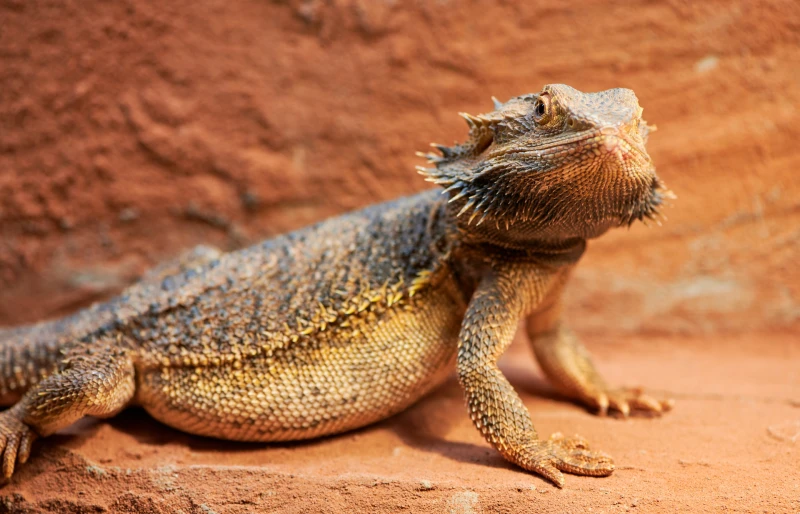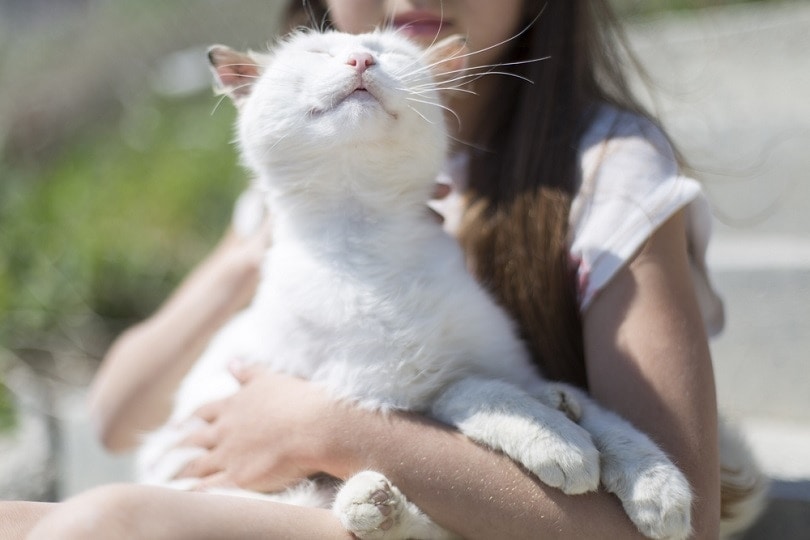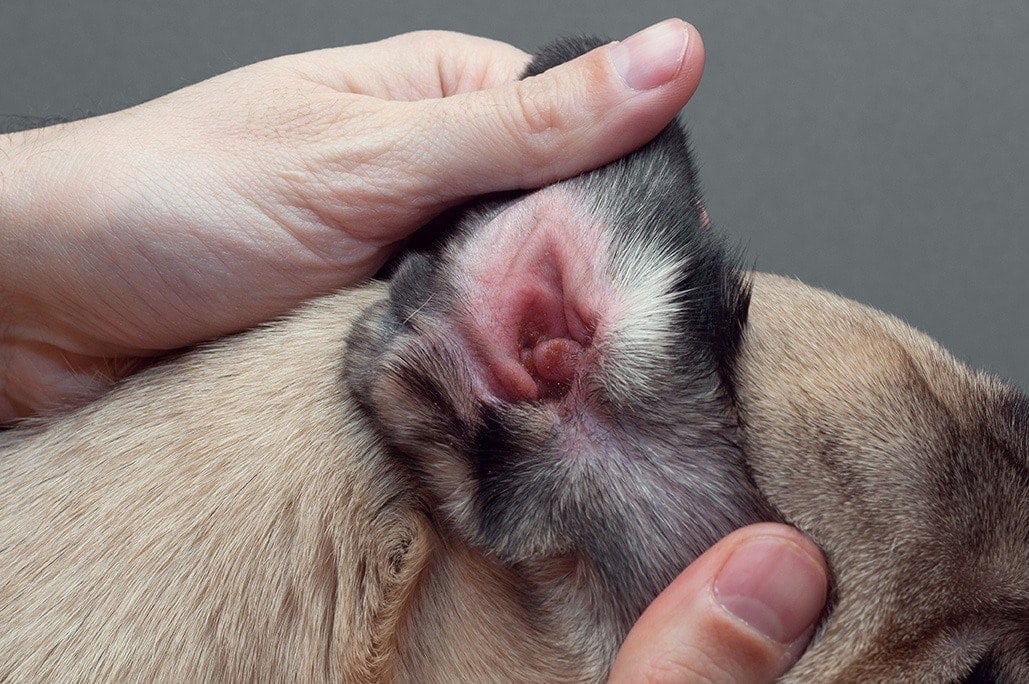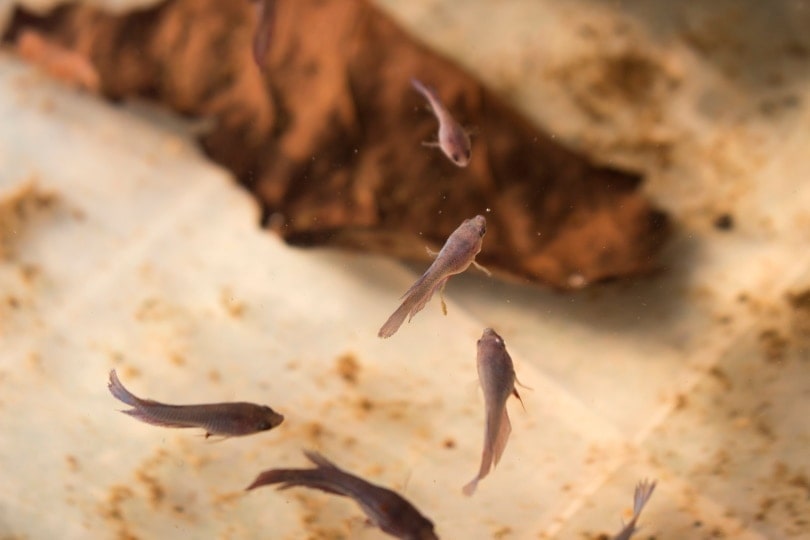How to Bathe a Bearded Dragon: 9 Vet-Approved Steps
By Kit Copson
Updated on
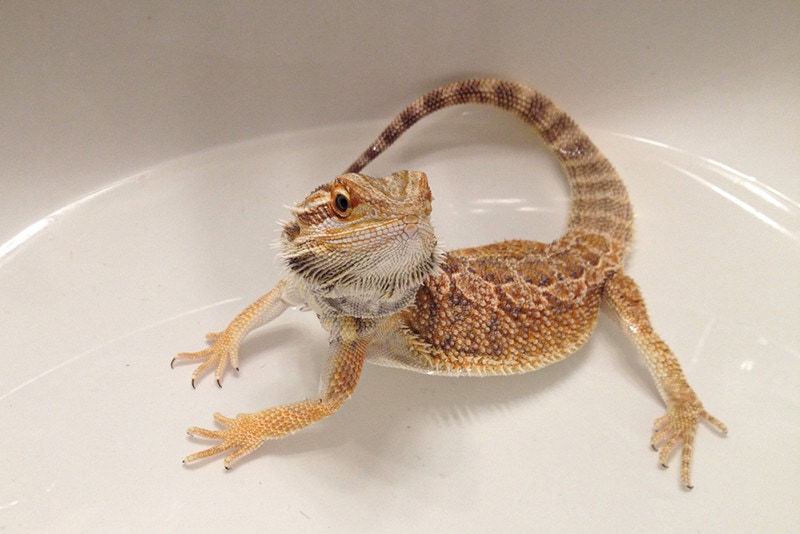
Bathing your bearded dragon at least once per week is recommended, as it contributes to healthy skin, eases constipation, enhances their bond with you, and makes shedding less uncomfortable.
That said, the prospect of bathing a bearded dragon can seem intimidating to beginners, but, fortunately, it’s a pretty easy process. In this post, we’ll walk you through how to bathe your bearded dragon safely.
- A tub or similar container (not your sink or bathtub, as this increases the risk of Salmonella infections)
- Lukewarm water between 85 – 100°F (29.4 – 37.7°C)
- Soft toothbrush (no rough brushes)
- Thermometer
- Cup
- Soft towel
- Rock
- White vinegar & water (for cleaning the container after the bath)
Important note: You should not use any kind of soap, shampoo, or detergent to bathe your bearded dragon. You should also never bathe your bearded dragon in chlorinated water.
The 9 Steps to Bathe Your Bearded Dragon
Step One
Prepare some water that’s somewhere between 85 – 100°F (29.4 – 37.7°C). If you’re not sure the temperature is right, check using a thermometer—the water shouldn’t be too hot or too cold, as both situations can be dangerous for your beardie.

Step Two
Pour the water into the container, filling it about one to 2 inches deep. For reference, the water should only come up to the dragon’s chest, as they aren’t the strongest swimmers. Babies and juveniles may only need up to an inch of water depending on their size.
Step Three
Place a rock into the container. This allows your bearded dragon to climb up out of the water if they get tired at any point.
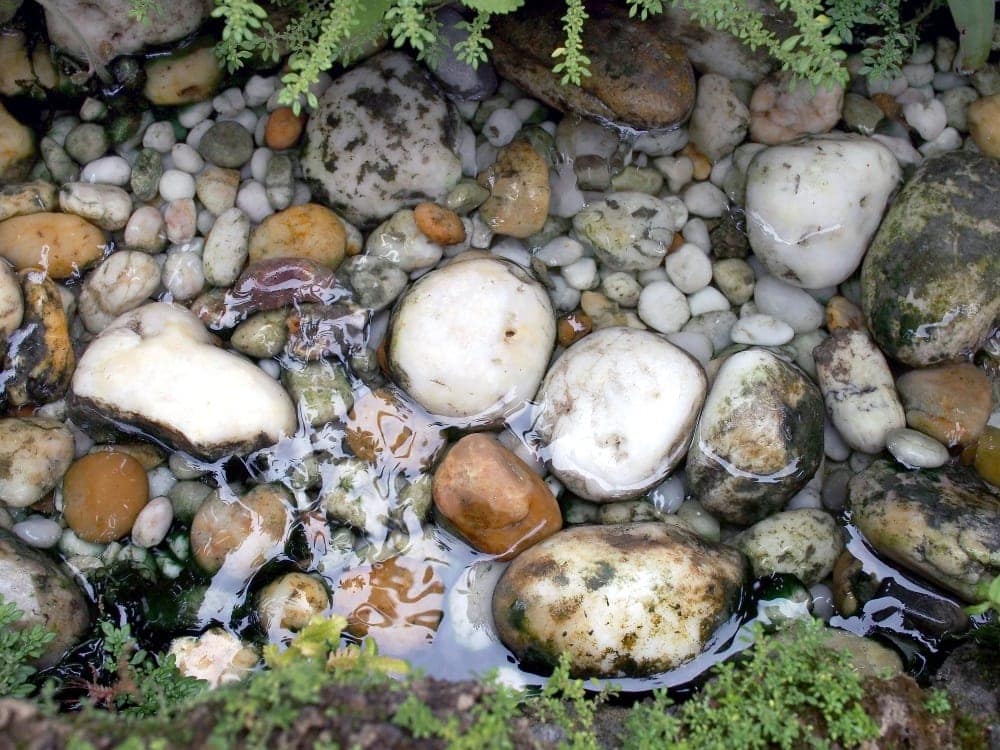
Step Four
Gently lower your bearded dragon into the container and give them some time to get used to it, especially if this is their first bath. Do not lower your pet head first into the water. Instead, hold them horizontally and gently lower them down so that their feet and tail touch the water first. They’ll likely paddle around and explore a bit.
Step Five
Start washing your dragon by cupping your hand in the water and carefully pouring it over them (or using a cup to do so), avoiding their face. Don’t scrub the skin, as this might damage it, but you can use a soft toothbrush to help clean them.
For example, if your beardie shed a few weeks ago and there’s leftover skin, or they have dirty spots, you can use a soft-bristled toothbrush (perhaps a toothbrush for kids) to gently clean these areas. Avoid using a toothbrush on a dragon that’s currently shedding, and never pull dead skin off. Only use lukewarm water to bathe your bearded dragon; never soaps, shampoos, or any kind of chemicals.
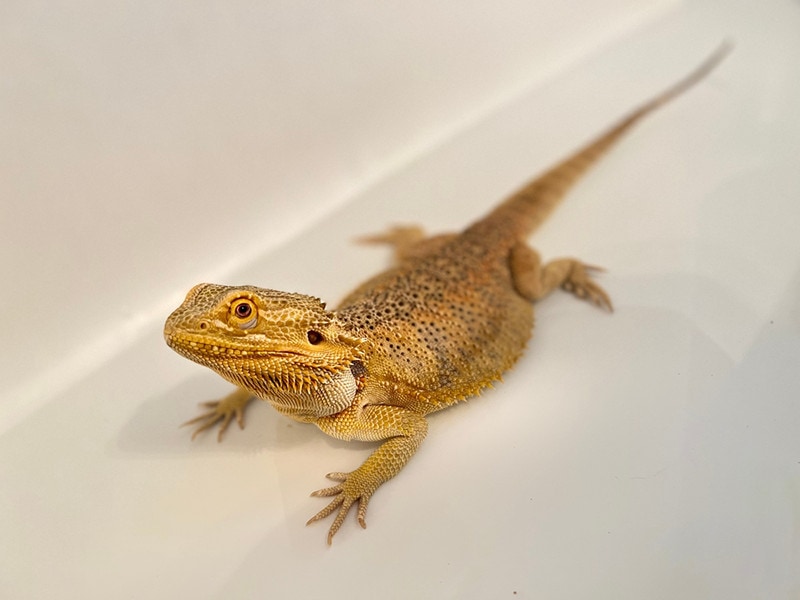
Step Six
Let your dragon hang out and soak in the container for about 15–30 minutes while you supervise. Avoid leaving your dragon alone during this time in case they get into trouble in the water. Remove your dragon from the container if they appear tired or seem to be struggling to swim. While observing your dragon, keep track of the water temperature. If the water gets too cold, replace some of it with some warm water within the temperature range mentioned above.
Step Seven
Remove your beardie from the tub and dry them with a soft cloth or towel. Don’t rub, just pat gently, removing as much water as you can.
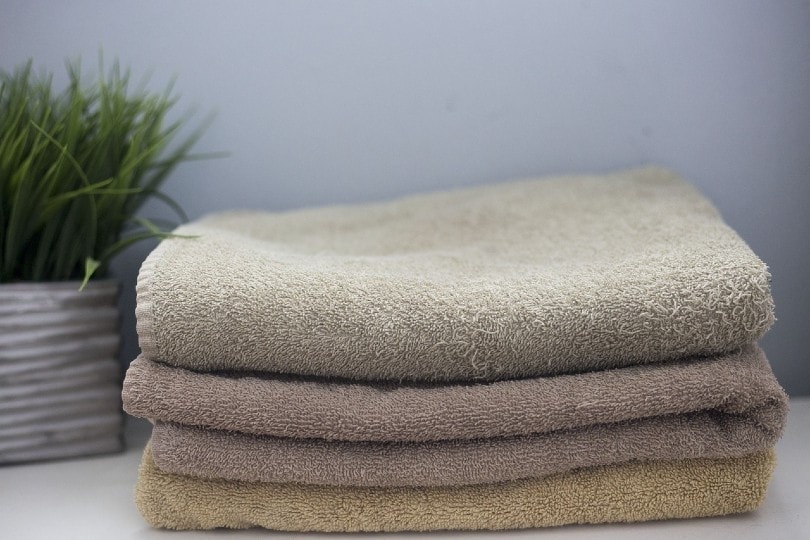
Step Eight
Pop your beardie back in their enclosure, under the basking light. This will help them warm back up after the bath, which is very important for these cold-blooded animals.
Step Nine
Finally, you’ll want to clean the container you used for the bath with something non-chemical, like white vinegar and water solution. This will prevent any leftover chemicals from cleaning products from affecting your bearded dragon the next time they take a bath.
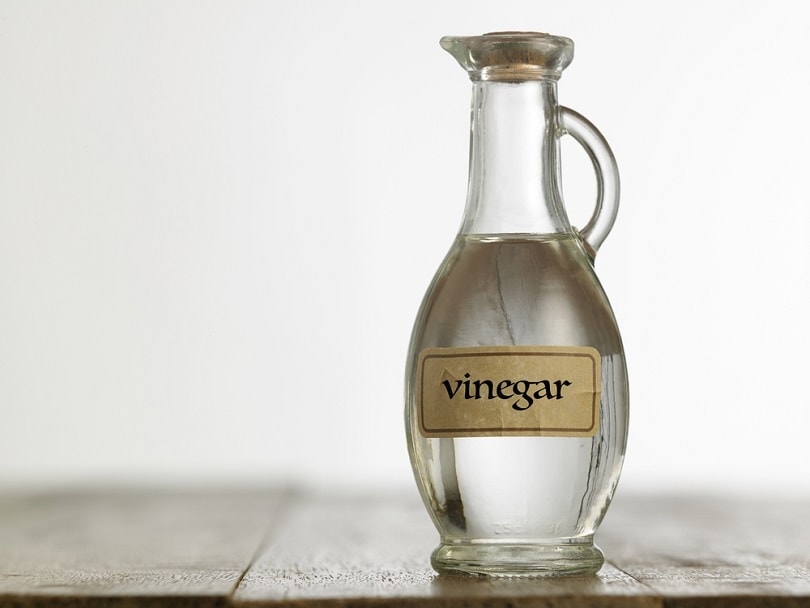
How Often Should I Bathe My Bearded Dragon?
At least once per week, but you can certainly do it more than this, especially if it’s summer or your dragon is shedding or experiencing mild constipation. In these instances, your beardie might benefit from a bath around three times per week. Do not bathe your bearded dragon if they are brumating.
In some cases, your bearded dragon may simply enjoy bathing so much that you indulge them in a few baths per week, just because! Beardies that are less pleased about bathing, on the other hand, may do better with just one bath per week, with daily misting. If you’re not sure what would work best for your beardie specifically, please check with your vet.
 Final Thoughts
Final Thoughts
Though bearded dragons need regular baths, the process in itself isn’t very hard (unless you’re one of the unlucky ones with a beardie that can’t stand baths!) or time-consuming. As long as you’re gentle, are always on hand to supervise, and don’t fill the container too deep with water, you should be fine. Good luck!
Featured Image Credit: Britt J, Shutterstock



